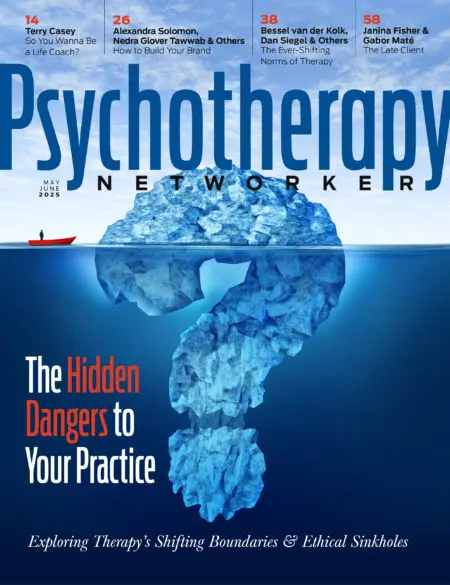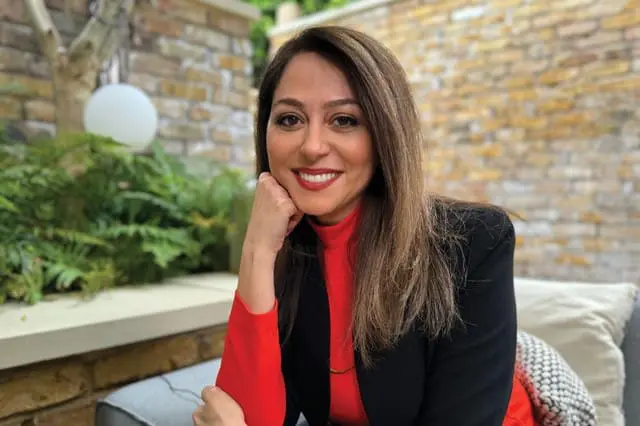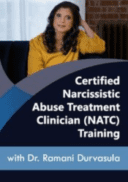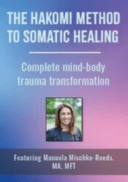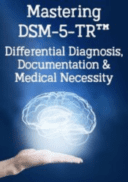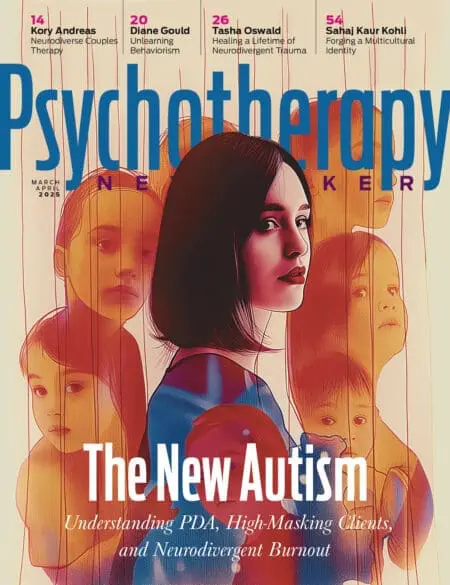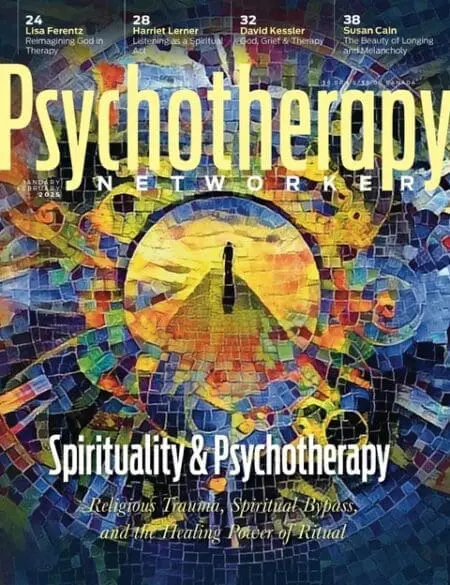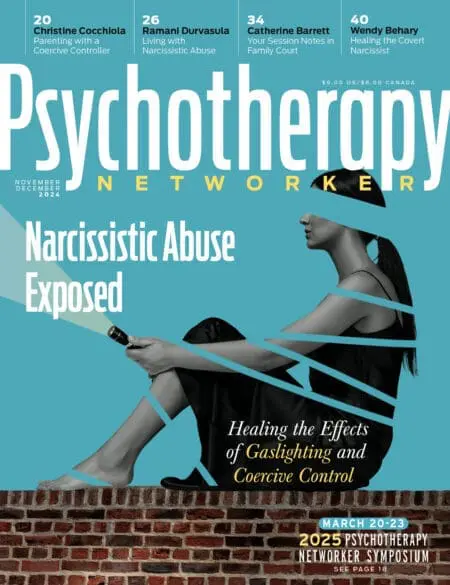If you offer couples therapy, you know that amid the dramatic particulars of whatever crisis motivated a couple to work with you, there are always whispers of universal themes: one person doesn’t feel heard and respected, the other longs to feel appreciated and special, both lament the loss of passion and “the spark we had when we first met.” The urgent, incendiary details of each partner’s latest careless mistake or hurtful statement quickly obscure the bigger picture—the panoramic view of the relationship as a whole. Despite a commitment to help partners build lasting love, it’s easy to get sidetracked and lose your way.
Sara Nasserzadeh, a social psychologist, relationship coach, and author of Love by Design: 6 Ingredients to Build Lifetime of Love, has been fascinated by the question of what makes loving relationships not only survive but thrive since observing her own parents’ marriage as a child. The daughter of a social scientist and social worker who grew up in an intercultural, interfaith household in Tehran, she used to grill them on why they married each other. Her parents’ answers (“It was destiny,” “He was handsome,” “She was beautiful”) only deepened both her curiosity and skepticism about the “official” version of how love works, leaving her with more questions.
When she became a couples therapist, Nasserzadeh found herself in a position to witness hundreds of relationships and explore these questions directly. She teamed up with other researchers and did her own analysis of couples she worked with to develop what she calls The Emergent Love Model. She also created the Relationship Panoramic Inventory (RPI), an increasingly popular, comprehensive psychosocial test that’s been featured on various platforms such as the BBC and CNN.
***
Ryan Howes: How did your interest in quantifying relationships begin?
Sara Nasserzadeh: Throughout my life, I’ve lived and worked in many countries and found that in all of them, people use the term love to refer to lots of different things. They love their dog, and a beautiful autumn evening, and an intimate partner, and their friends, and their job. The word love just seems insufficient to express all its nuanced permeations. I started to ask, What does love even mean? And what is it made of?
Then, I became a therapist and saw many clients who were also confused about love. They came to me asking, “Is this all love is?” Others would say, “I love this person, but I’m not in love with them.” When I’d ask them what they meant by that, how they differentiated love from other forms of connection, many found they were grappling with a desire to experience lust, not love. Some simplified love to mean companionship: “Oh, this person doesn’t hurt me, and we get along.” In my book, I talk about the eight most common relational configurations, one of which is constitutionally bound couples. They don’t have a particularly deep connection with each other, but they’re good at delegating tasks and getting things done. Together, they maintain the marriage and the household, and they make sure the mortgage gets paid.
There’s nothing wrong with any of these models, but what we discovered in our research on love in thriving relationships is that most people are looking for the type of loving relationship that brings them “peace of heart and clarity of mind.” In other words, when you wake up in the morning, you feel fulfilled. There’s a sense of being content. You’re not chasing something more or different.
As part of the research, I went back 10 years in my session notes and focused on couples I saw for at least a year: there were 312 in all. In looking at these cases and applying grounded theory methodology, I saw that some themes kept coming up: mutual respect, shared vision, compatibility, compassion, empathy, and physical attraction. If any of these elements were lacking for a couple, it was a major pain point.
In my mind, I wondered if I’d stumbled on a practical definition for the kind of love we know most people want. But I also worried that defining something so sacred, ambiguous, big, beautiful, and complex as love would take its power away. Well, the researcher in me won out in this debate, and I sought to find out if what I saw with my 312 clients could be generalizable to all couples seeking thriving relationships.
I teamed up with scholar Pejman Azarmina, who’d developed a pyramid of self-awareness scale that encompassed thinking styles, connection styles, and personal values, which are all important in the outcome of any relationship. By combining his scale with the six elements I’d pinpointed through my qualitative research, we developed the relationship panoramic inventory (RPI) to determine what things are going to influence the outcome of a relationship for the better. In the RPI, the fundamentals of a relationship are categorized as mutual physical attraction, shared vision, moral values, connection styles, shared healthy financial attitude, positive thoughts, and emotions and abstract thinking.
We then recruited 159 couples who’d been together an average of 10 years, couples of different races, sexual and relational orientations, and education levels (a sample representative of the U.S. norm). After this diverse cohort took the RPI, we were able to validate its use as an evidence-informed assessment tool. It homed in not only on the areas where a couple needed to develop skills, but also on the areas where they were already strong.
RH: You mention two forms of love, submergent and emergent. What’s the difference?
Nasserzadeh: Our default cultural model is based on what I call the submergent love model, where relationships are characterized by a strong initial attraction, a dopamine rush, and the enmeshment of two individuals. It’s what many of us have come to associate with the ideal romantic relationship, but it’s inherently unstable because it relies on initial points of attraction and feelings that usually fade as two people face reality together and all its pressures. In the emergent love model, on the other hand, you foster an environment that’s conducive to love by cultivating six non-negotiable ingredients: reciprocal compassion, trust, shared vision, mutual loving, respect, and attraction. Although love can never be guaranteed, when these elements are present, there’s a high chance it can emerge. In this case, instant love is not the foundation but the biproduct of a thriving relationship. The RPI evolved in part from these six elements.
RH: You’re covering a lot of bases with these different categories.
Nasserzadeh: Yes, the data was even richer than this, but when we did a factor analysis, we only kept the entities that were statically significant. Many would say, “Well of course financial attitude (for example) has something to do with coupledom!” But when you have it there in black and white with the statistical analysis and the elements that make it a healthy attitude, you can show your couple that if they each increase their healthy financial attitude, even by a little bit, the positive outcome for their relationship will be significantly stronger, and it can have a positive impact on the trust, respect, and quality of loving relationship you build with one another.
The beauty of the inventory is that it highlights key areas impacting couples’ relational well-being. This way, we don’t start therapy blind-sided, waiting to figure things out by the fourth or eight session, or solely depending on the clients opinions about where they’re struggling. We can begin therapy knowing which areas are potentially contributing to the presenting issue. Everyone in the room starts the process equipped with critical information, so we’re no longer shooting in the dark.
RH: How does the RPI differ from other relationship inventories?
Nasserzadeh: There are several other solid inventories out there that collect information on relationships. However, they’re mostly focused on the problem areas and pathologies, and only offer information of the coupledom. The report that you receive from them is very much like history-taking forms. RPI has a sophisticated algorithm. It includes each individual’s attributes and how they show up in relationship to one another, and it compares that with an average couple nationally. This is important to include because it can normalize a couple’s struggles for them. If they know they’re not the only ones in that situation, they feel less alone.
RPI also includes more than 12 individually validated scales, which is not the case with other tools. It’s inclusive of various sexual and relational orientations. And it’s quick to complete, so couples are more likely to take it. Couples can also take the RPI on their own (another difference with other tools out there), and if they both consent, they can receive the report themselves.
RH: It seems like you’re providing a platform for some important and relationship-altering conversations in the therapy room. Would it make sense for clinicians to refer back to their original responses over the course of treatment?
Nasserzadeh: Absolutely. I usually ask couples to take the RPI before their first sessions with me, and then I come up with a treatment plan for them. I might say, “You had a very big fight about your family vacation that prompted you to come to me. However, based on this inventory, I see we need to work on how you’re building respect in your relationship.” This helps us get to the root of some of the tip-of-the-iceberg issues that couples present with. I think it can be helpful to refer back to the inventory regularly, or even to have a couple retake it after a few months as a point of comparison with where they started. Especially at the end of therapy, it can be gratifying for a couple to retake the RPI and see how far they’ve come.
RPI isn’t just helpful for couples. It acts as a guide for couples therapists, reducing their anxiety and helping orient them from one session to the next. They never feel stuck because they always have content to work with in one of the six areas and beyond. They can see what needs to be done to improve a relationship. It’s all right there.
RH: It does sound useful.
Nasserzadeh: Yes. I believe so. The Gottmans and other colleagues before me legitimized our field as a discipline that could be studied, and we’re hoping RPI takes that a step further to make our practices evidence-informed. In many ways, because the inventory directs people’s focus to what’s most important in creating a thriving relationship, it works preventatively, too.
New couples can get swept up in the excitement and intensity of their burgeoning relationship, and the inventory’s focus directs their energy to what will nourish them long-term. I hope the field moves away from crises-based models of couples therapy and toward preventative education, like teaching skills that help create relationship fluency for people before they have major problems.
I believe we should be thinking about couples therapy much like we do our annual medical checkups. With most couples, relationships are always changing. They’re under new forms of stress all the time. Fissures and cracks are always forming in places where we may not think to look for them.
I’ve been married for 24 years, and I know first-hand that if you don’t pay attention to the inevitable cracks that appear in your day-to-day life with a partner, they can become gaping canyons. We take RPI every year on our anniversary to regularly assess the structural integrity of the relationship’s foundation.
Ultimately, I think it’s important for us to remember that couples therapy is not just crisis management. It’s a thorough and proper science that benefits when we can draw on research and make it clear and measurable. Like with the 80/20 rule—where 80% of consequences come from 20% of causes—we can put our effort where it matters!
Sara Nasserzadeh
Sara Nasserzadeh, PhD, is a social psychologist, speaker and thinking partner specializing in sexuality, relationships, and intercultural fluency. She’s authored three books, including Love by Design: 6 Ingredients for a Lifetime of Love.
Ryan Howes
Ryan Howes, Ph.D., ABPP is a Pasadena, California-based psychologist, musician, and author of the “Mental Health Journal for Men.” Learn more at ryanhowes.net.
